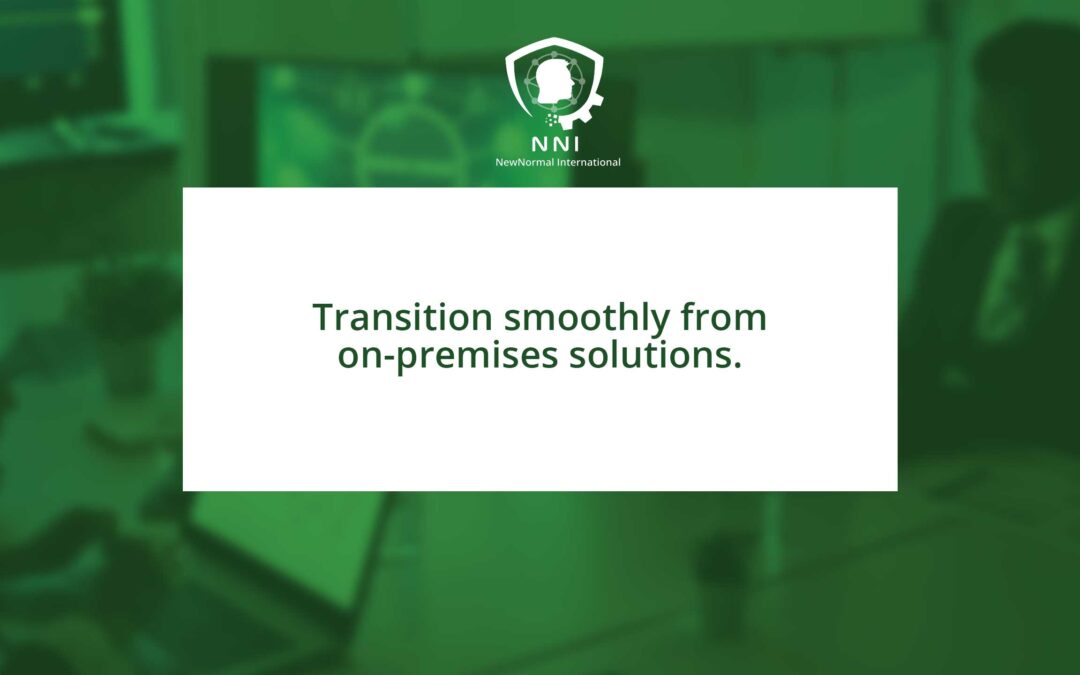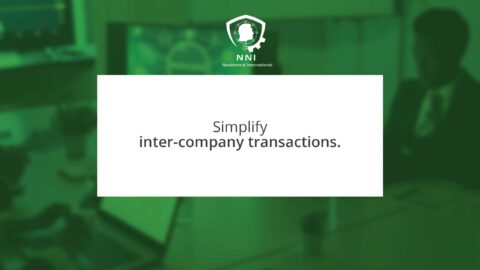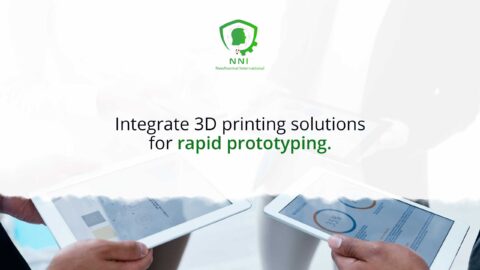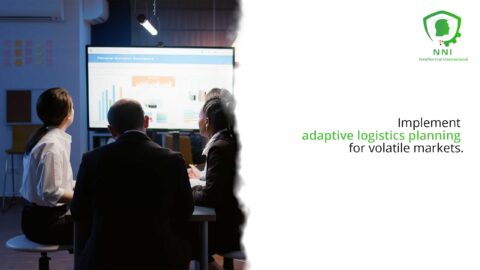Unlocking Efficiency and Innovation in a Digital World
In today’s rapidly evolving business landscape, adaptability and innovation are key to success. The quote “Transition smoothly from on-premises solutions” encapsulates a crucial aspect of this journey. This article aims to shed light on the significance of transitioning from on-premises solutions to digital alternatives and how effective change management, executive coaching services, and strategic use of technology can facilitate this transition for business executives, mid-level managers, and entrepreneurs.
The Need for Transition
The shift from on-premises solutions to digital alternatives is not merely an option but an imperative for businesses aiming to thrive in the digital age. On-premises solutions, while once reliable, often lack the scalability, flexibility, and efficiency required to meet the demands of today’s dynamic business environment.
Change Management: The Catalyst for Smooth Transition
Change management lies at the core of a successful transition from on-premises solutions. Business executives and managers must recognize that this transition is not just a technological shift; it represents a comprehensive transformation of processes, workflows, and organizational culture.
Effective change management involves several key components:
– Assessment and Planning: Begin with a comprehensive assessment of current on-premises systems and a clear transition plan that outlines goals, timelines, and key stakeholders. Understanding the specific needs and challenges of your organization is paramount.
– Stakeholder Engagement: Engage all relevant stakeholders early in the process. This includes executives, managers, employees, and IT teams. Their input and buy-in are critical for a successful transition.
– Communication: Transparent and consistent communication is vital. Keep all stakeholders informed about the transition’s progress, benefits, and potential challenges. Address concerns and provide regular updates.
– Change Champions: Appoint individuals within the organization as “change champions” to advocate for and drive the transition. These individuals can help facilitate communication and encourage adoption.
Executive Coaching Services: Nurturing Leadership for Transition
Effective leadership is paramount in driving a smooth transition. Executive coaching services play a pivotal role in equipping business leaders with the skills and mindset needed to guide their teams through transformative quality assurance processes. These services promote a deeper understanding of change management principles, enhance decision-making capabilities, and refine communication skills.
Leveraging Technology for Efficiency
Strategic utilization of technology is crucial in a successful transition. Digital solutions offer scalability, real-time data access, and remote collaboration capabilities that on-premises solutions often lack. The integration of Generative Artificial Intelligence (GAI) can provide valuable insights into the most efficient ways to implement digital solutions and optimize business processes.
Benefits of Transition
Transitioning smoothly from on-premises solutions yields a multitude of benefits:
– Scalability: Digital solutions can easily scale to accommodate the evolving needs of businesses, ensuring they remain competitive and adaptable.
– Cost Efficiency: Digital alternatives often result in cost savings as they eliminate the need for extensive physical infrastructure and maintenance.
– Remote Accessibility: The ability to access data and work remotely is increasingly vital in today’s globalized business landscape, and digital solutions offer this flexibility.
– Enhanced Collaboration: Digital tools facilitate seamless collaboration among teams, regardless of geographical locations, fostering innovation and productivity.
Strategies for a Successful Transition
To ensure a successful transition, businesses should consider the following strategies:
– Employee Training: Invest in employee training to ensure that staff are equipped to use the new digital solutions effectively. Training programs should be tailored to the needs of different user groups within the organization.
– Data Security: Prioritize data security and implement robust measures to safeguard sensitive information in the digital environment. This includes encryption, access controls, and regular security audits.
– Testing and Quality Assurance: Rigorous testing of digital solutions is essential to identify and rectify any issues before full-scale implementation. Quality assurance processes should be integrated into the transition plan.
Conclusion
The quote “Transition smoothly from on-premises solutions” underscores the importance of adaptability and innovation in the modern business landscape. To thrive in this digital age, businesses must embrace change management, leverage executive coaching services, and strategically employ technology to make a seamless transition. In doing so, they position themselves to achieve efficiency, scalability, and competitiveness.
#DigitalTransition #ChangeManagement #ExecutiveCoaching #TechnologyIntegration #BusinessEfficiency











